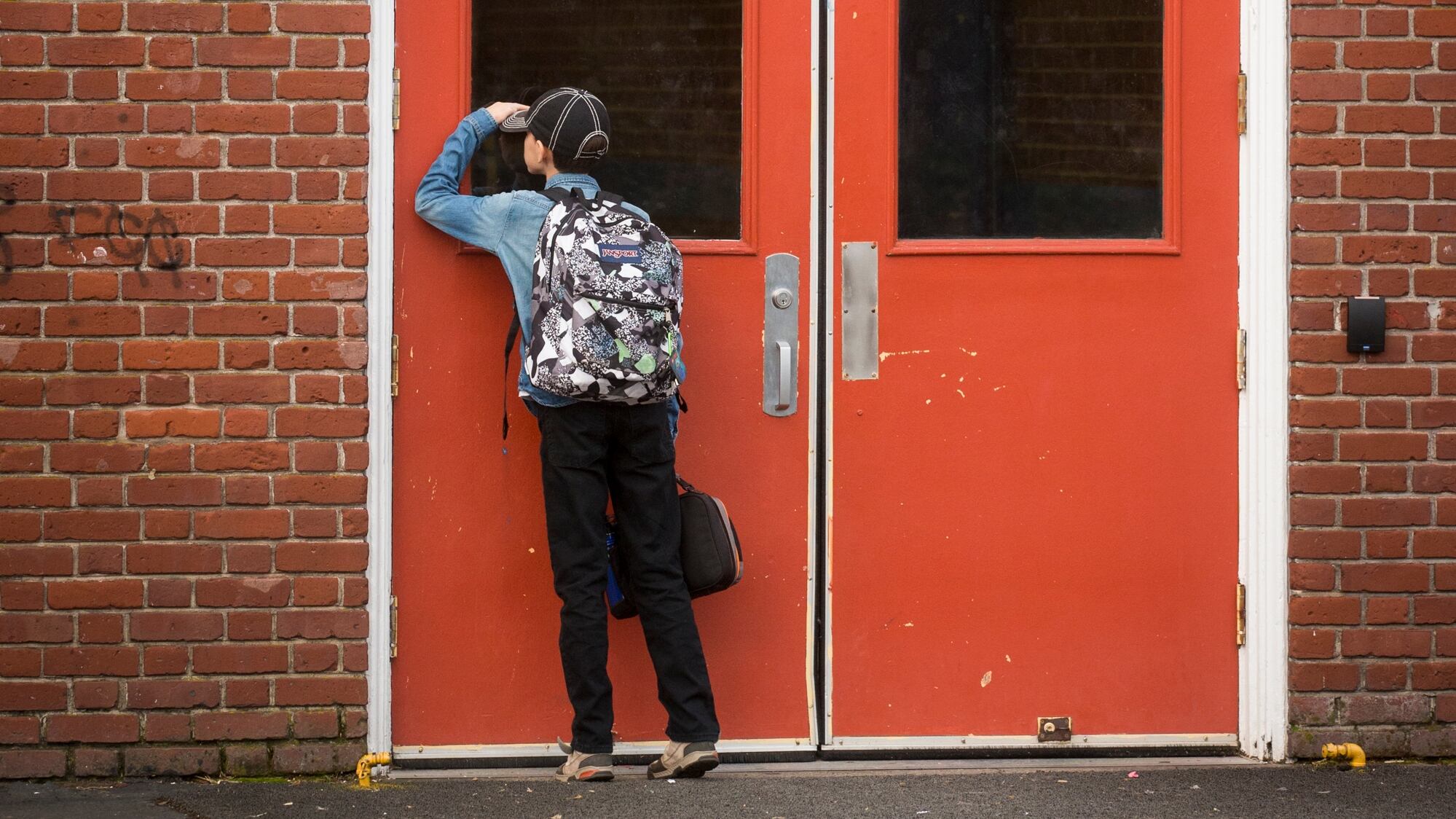The latest results from a student assessment known as the Measure of Academic Progress look more like Groundhog Day than Christmas at Portland Public Schools. While the district’s overall student body met or exceeded national test standards in both reading and mathematics, disaggregating the data paints a bleaker—and drearily familiar—picture.
PPS administers the assessment, known as MAP, each year during fall and winter. The test is computer-adaptive, meaning it adjusts the questions it asks each student based on their answers to previous questions on the assessment (increasing in difficulty if they’ve answered correctly, and vice versa).
The district has long struggled to improve outcomes for its most historically underserved populations. The latest assessment results show much of the same. While white students consistently performed around the 75th percentile in reading and mathematics, Black students sat at or below the 25th percentile in both subjects. Latino students scored around the 40th percentile in reading, but their mathematics performance hovered around the 25th to 35th percentiles. Those results are mostly consistent with data from fall 2023, which show similar achievement gaps between white students and students of color.
Native American and Pacific Islander student scores experienced more significant shifts in either direction. While presenting the data at a Dec. 17 School Board meeting, PPS chief accountability and equity officer Dr. Renard Adams said those gains and losses should be “interpreted with caution” given the small number of students from each community who are tested. “Movement either way by a few students may cause a bigger shift than we would otherwise see,” he said.
Even though Adams pointed toward a couple spots where Black and Latino students improved by a couple of percentile points from fall 2023, he acknowledged the district’s lack of progress in serving its marginalized students.
“I certainly don’t take pleasure in sitting here year after year sharing data with you that has not moved,” he said. “I believe the burden of student achievement lies solely with the adults in the system.”
Adams said PPS is now investing in academic interventionists for its schools using the MAP data as a guide. The district is looking at the proportion of students not meeting grade-level benchmarks and assigning interventionists accordingly, who will work with students to catch them up and patch gaps in their skill sets.
Some School Board members, including Eddie Wang and Patte Sullivan, both former teachers, emphasized in their comments that MAP testing is only one measure of a student’s potential and success. Board member Gary Hollands asked if the district might start considering other types of assessments, given that MAP testing wasn’t showing changing performance with the district’s students.
“I see similar patterns irrespective of what I look at,” Adams said. “We see across a lot of different measures of post-secondary readiness similar patterns. What that suggests to me is it’s not the measure that’s the problem.”
Adams added that PPS’s ultimate goal is to even out rigor between classrooms and ensure all kids receive an equal learning experience by providing teachers with strong curricular resources and professional development. “Are we there yet? I’d say no, we’re not,” he said.
Board member Herman Green cautioned against turning a blind eye toward testing data or making excuses for performance. He said brushing over data to make everyone feel good wouldn’t help tackle underlying problems. “I’m more concerned with, can people read?” he said.
“I don’t want us to get to the place to where we’re trying to sugarcoat the data or cover up the data because until we change the data, it is what it is,” Green said. “This data should drive every conversation that we have. This data should drive every program that we look at.”

